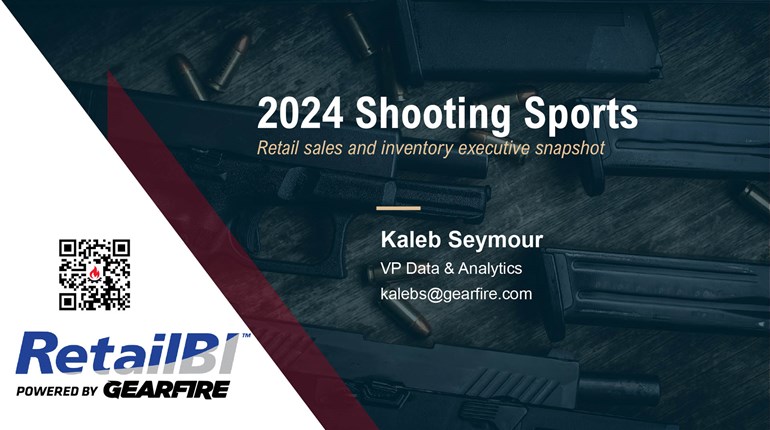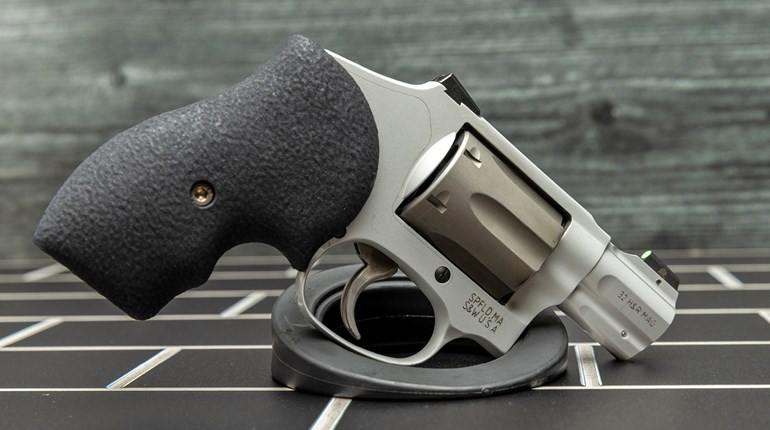
Adding a new component or accessory that inadvertently impinges on the barrel can induce a shift in point-of-impact.
I have heard the following scenario many times over the years: A rifle was shooting consistently well, but suddenly a drastic zero shift or accuracy reduction (or both) is encountered. The barrel is relatively new, the ammunition has not changed and all the other things one checks first (like sights and optics) have been ruled out as culprits.
In nearly every case that makes it to my bench, the inexplicable point-of-impact (POI) change is caused by an item attached to or touching the barrel in some way. Occasionally, it is a part that has loosened or shifted, like an action screw or freefloat fore-end. It could be that a semi-automatic’s gas block has come loose or shifted slightly. Sometimes it’s caused by interference in the freefloat channel of a conventional bolt-action rifle’s stock. Those issues are all easy to fix and typically inexpensive to remedy if a gunsmith is needed.
But, more times than not, sudden POI shifts are caused by things added to or changed on rifles, and these issues can leave us perplexed. Thus, what follows are the most-common causes I see.
Component Changes
Sometimes a POI shift is simply due to a parts change, usually toward the front of a rifle. Changing muzzle devices always requires a re-zero, but even removing and reinstalling the same flash hider or brake can shift POI. Changing a semi-automatic’s gas block or a barrel nut to support a different handguard will also affect shot placement on target. Any alteration of things that touch a barrel, especially in terms of their position, weight or pressure, will alter point-of-impact. So long as the parts change is intentional and everything is mounted and torqued securely, a simple re-zero is all that is required to deal with this shift.
Attachments
Items that attach to rifle fore-ends are the root cause for most problems I see. The typical offenders are the screw ends for M-Lok, KeyMod and backer-plate accessories. At least one company includes screws that are about twice as long as needed to secure its M-Lok accessories. Thus, it is very easy to wind up impinging on a barrel or gas block, resulting in POI shifts and accuracy-related problems. The heavy-barrel contours typical of chamber areas increase the chances of this problem as you move rearward along a handguard.
Pay particular attention to the gas-block area on semi-automatics, too. Because the block is necessarily larger in diameter than the barrel, screws and nuts have the potential to contact the block when accessories are attached adjacent to this area. The result is the same as if something were suddenly impinging on the barrel. The remedy is to move the accessory or shorten screws and/or thin the nuts on the inside of the fore-end. I use a belt grinder and hand file to do this, taking time to dress up the threads and cold blue the part before re-installing it. I also check clearance with feeler gauges, but as a rule, if you can see light between the end of your screw (or nut) and the barrel or gas block, you should be in good shape.
Quick Disconnect Tips
The “male” portions of sling QDs sometimes protrude far enough through the QD socket to contact the barrel. This is especially common over the chamber, at the rear end of a handguard. Some freefloat tubes have sockets that are totally unusable when mounted on barrels with heavy contours. If you run across this problem, the simplest fix is to install an add-on QD mount that gives more standoff from the barrel. Do not try to shorten the end of your QD insert on a grinder. The end walls are thin, so if you go too far, you will find out how it looks inside and ruin it at the exact same time.
Suppressors
Suppressor shooters expect shifts in zero when they switch between unsuppressed and suppressed modes. Ideally, such movements are predictable and repeatable, if not minimal. But, what about a zero shift while a suppressor remains attached? There are three common reasons for this problem. First, and worst, is when the suppressor is either not properly attached (QD) or is backing off (Direct Thread). It only takes a slight change in tightness to shift POI. Either way, you need to remedy it immediately to ensure that you don’t strike a baffle, shoot through an endcap or launch your suppressor.
The second cause is the most common and unique to QD suppressors: mount slop. Some new and most old QD designs allow play in their fully locked positions. The more play you have, the more POI variation you will see on target. The cause is not fixable if it is a design issue. But, some modern mounts allow for re-tensioning or even rebuilding in order to tighten things up. The best QD-suppressor designs allow no movement in their locked positions or limit wiggle to barely discernible levels.
A third cause of suppressed POI shifts comes from suppressor covers that move while shooting. If your “sock” slides with successive shots, you will likely see your groups open up as you “chase your zero” around the target. If your cover does not stay tight and you need more than two or three shots, swap the little accuracy robber for a better design or learn to deal with visible heat waves above your suppressor.
There are other issues that can cause POI or zero shifts. Erratic sling or bipod tension on non-freefloated barrels, changes to body or eye positions and internal gun issues can all contribute to a rifle’s on-target performance. But, those matters are typically dealt with through either training or repair work. Most of the above problems can be corrected right on the range or, at worst, back home on the cleaning bench. If you see that your rounds are suddenly not impacting where they should, check to be sure that you have not inadvertently induced an inconsistent pressure change to the barrel, due to an added accessory, and correct the problem as needed.




































